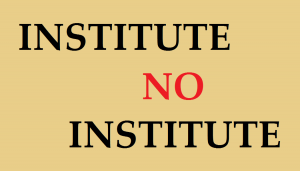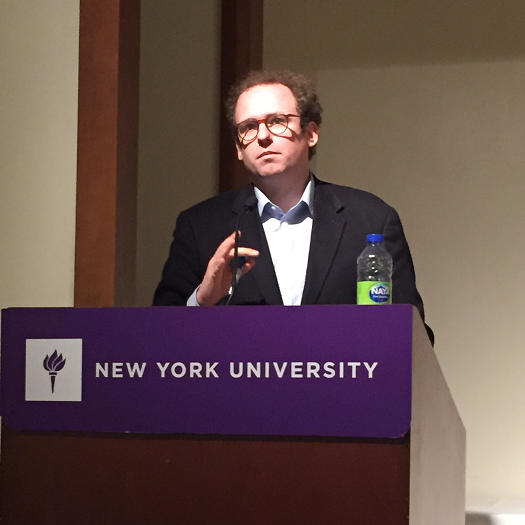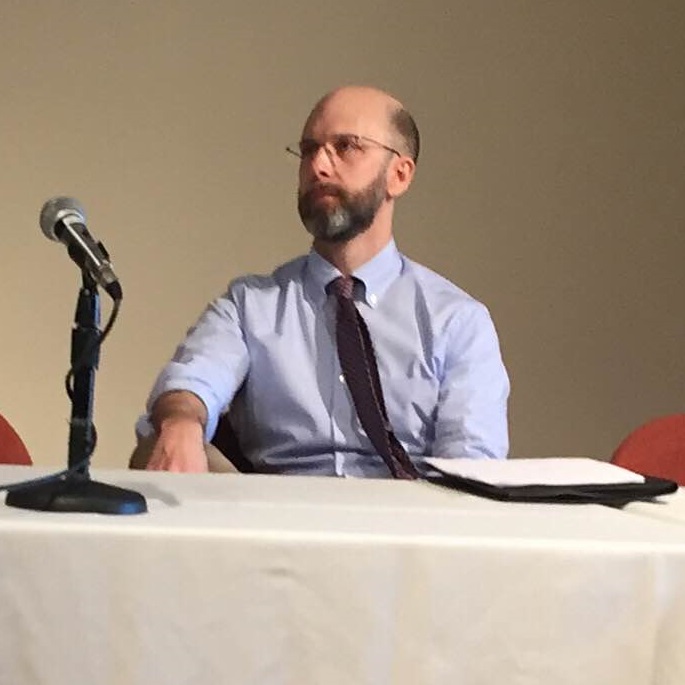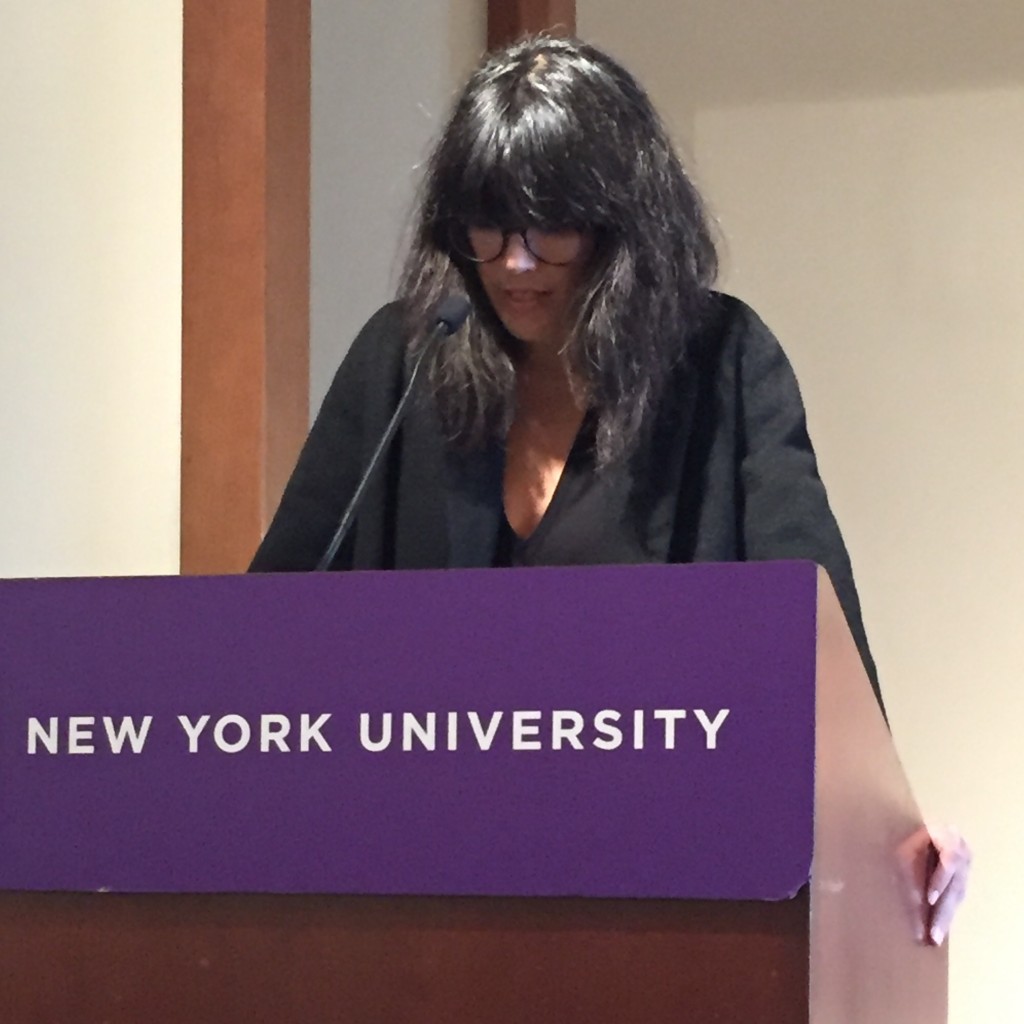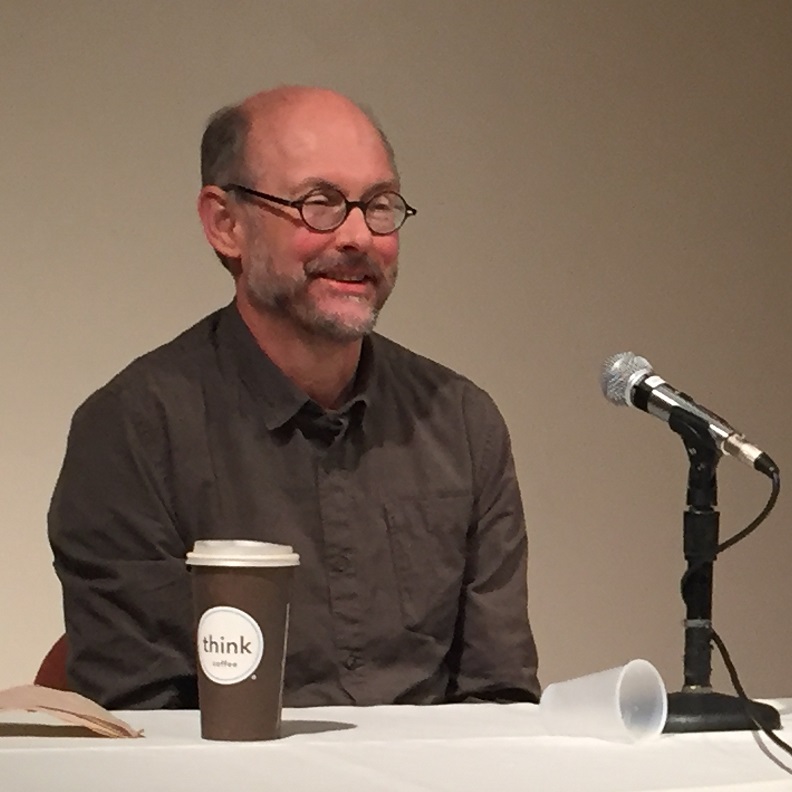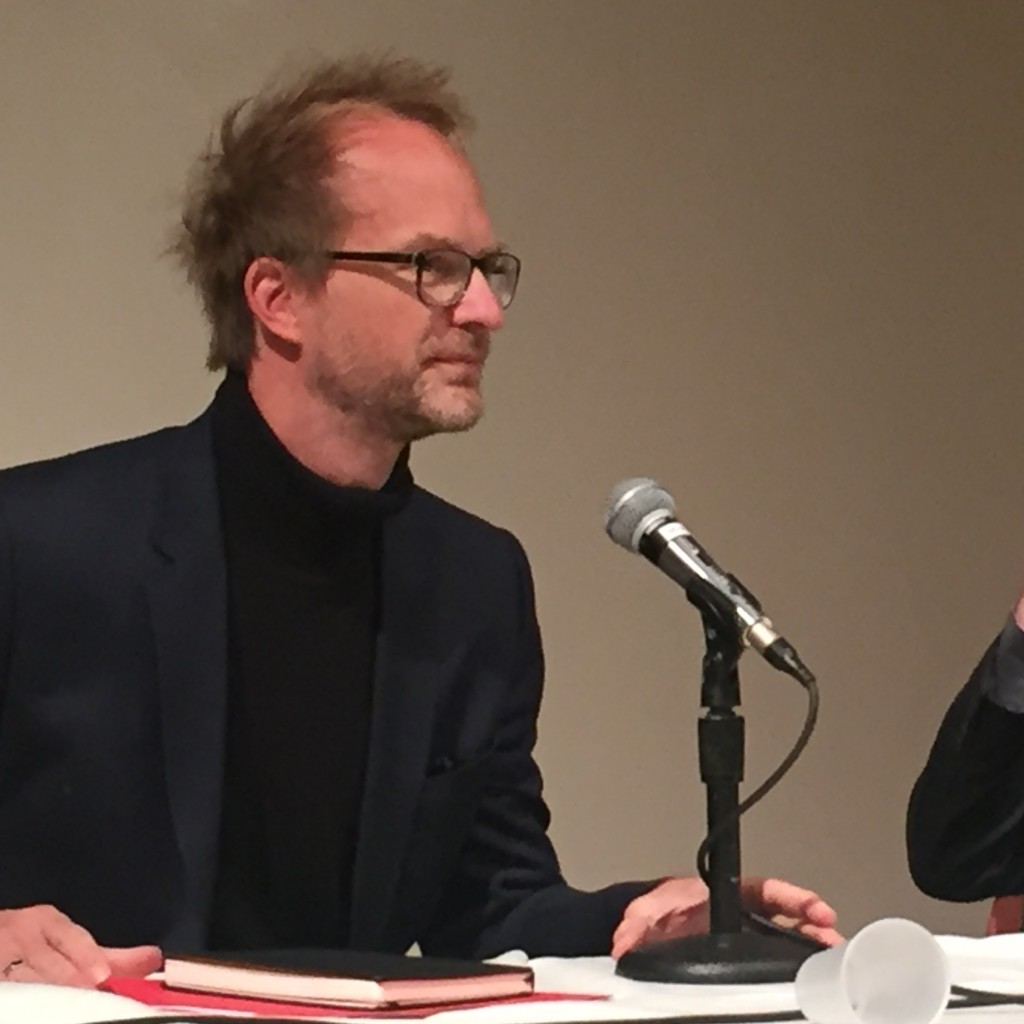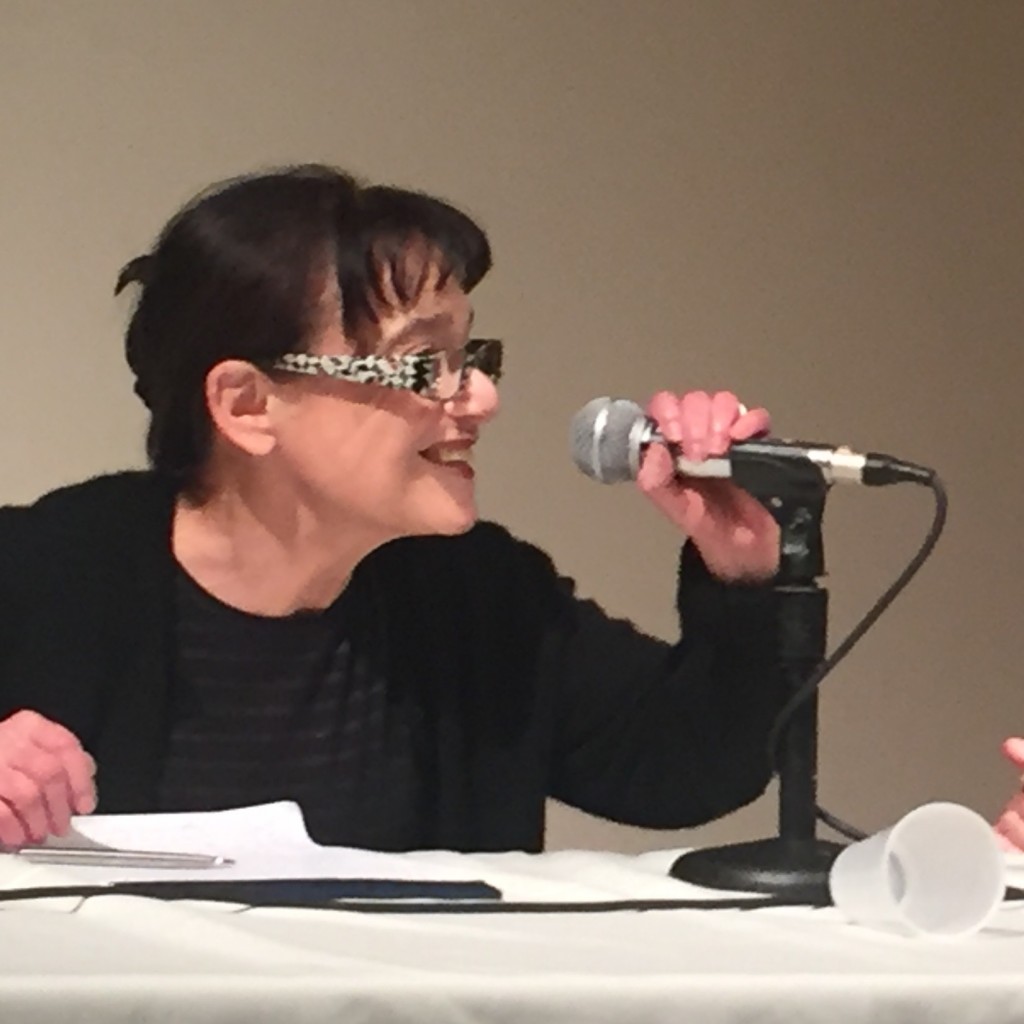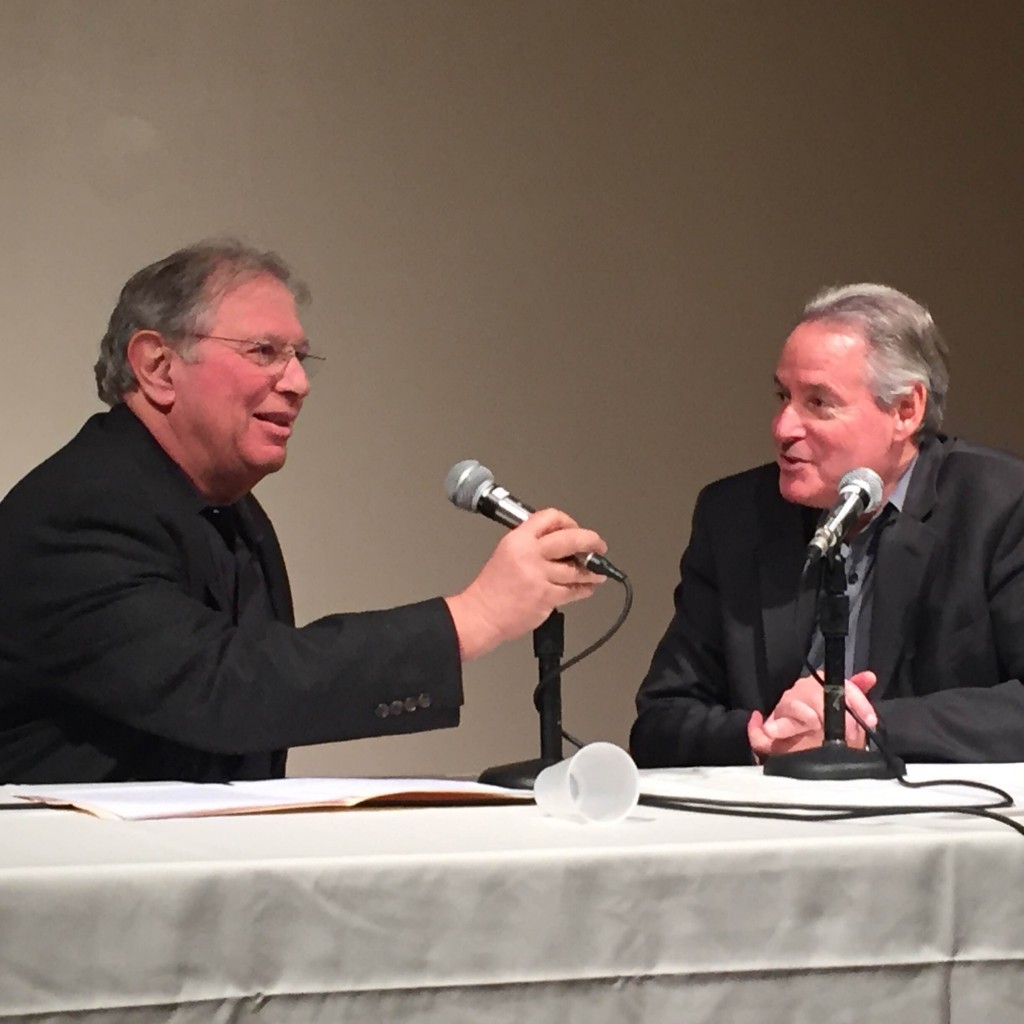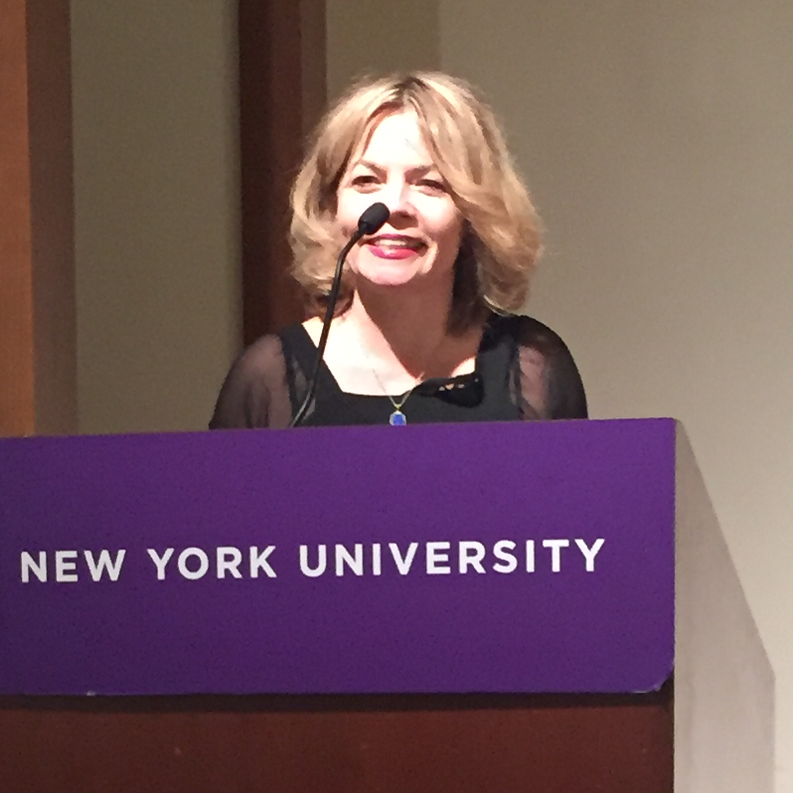Becoming a psychoanalyst is founded upon a subjective transformation that occurs in a personal analysis. It cannot be measured or predicted, yet it is the necessary factor that allows one to conduct analytic treatment. Neither the analyst alone nor a group of independent observers can determine its occurrence, but somehow together they may. That something so difficult to determine lies at the heart of professional transmission has troubled the field of psychoanalysis from its inception.
Institutes, schools, and broader communities of psychoanalysts have struggled to harness this transformation to formal models of training. They have invariably encountered obstacles in the structures of authority and the exercise of power. While training outside institutions is not explicitly subject to these problems, it instead risks isolation, solipsism, and the absence of an authorizing group.
What makes a psychoanalyst?
What fosters the transformative process?
Who decides if it has occurred?
Any inquiry into the formation of the analyst must face a critical tension, between the social and professional need for recognition by an analytic community vs. authorization determined by the singular effects of personal analysis, effects for which no one but the individual can account.
PART I: HISTORICAL CONTEXT
Click here to read Michael Garfinkle on The Origins in Freud
Click here to read Jamieson Webster on Lacan
Click here to read David Lichtenstein on The Contemporary Period
PART II: INTERVIEWS
Click here to read Tracy Morgan’s questions for the Panel with Interviewees
Click here to listen to interview with Marcus Coelen
- Michael Garfinkle
- Jason Royal
- Jamieson Webster
- Todd Dean
- Marcus Coelen
- Sandra Beuchler
- Joseph Newirth, David Lichtenstein
- Tracy Morgan, Marcus Coelen, Joe Newirth, Todd Dean, Sandra Beuchler, David Lichtenstein
- Tracy Morgan
